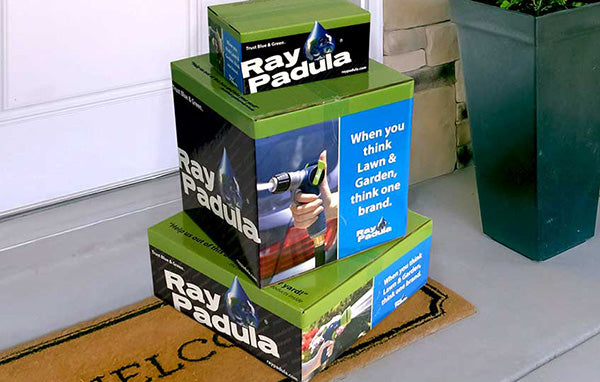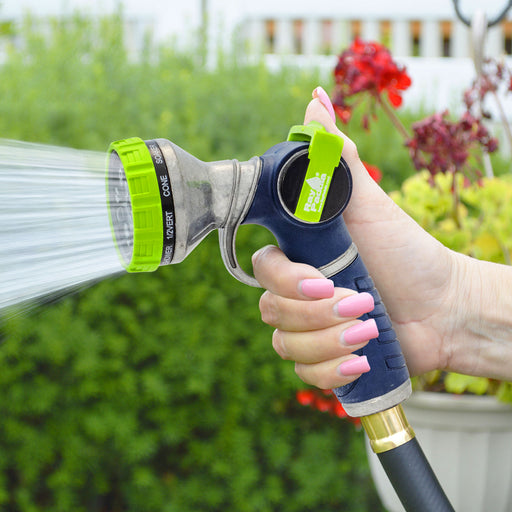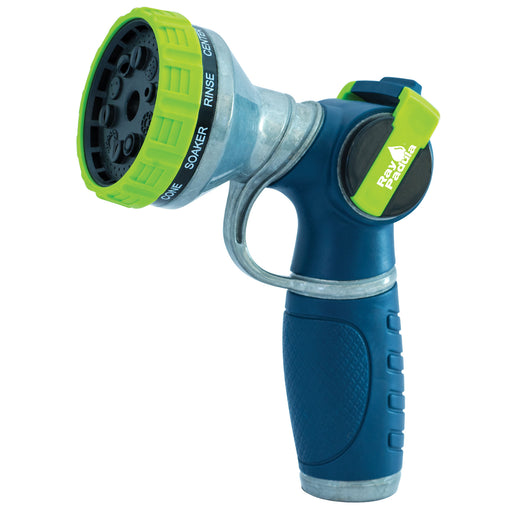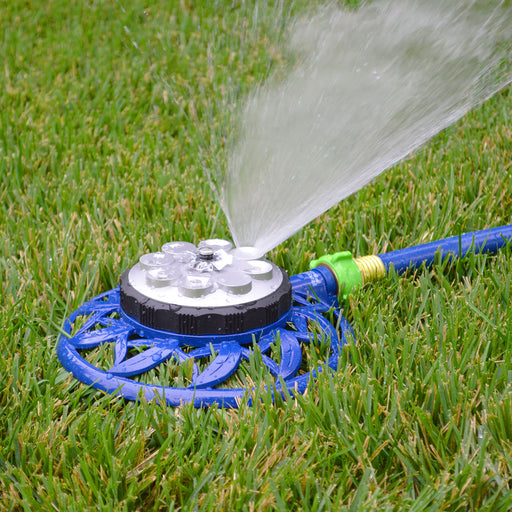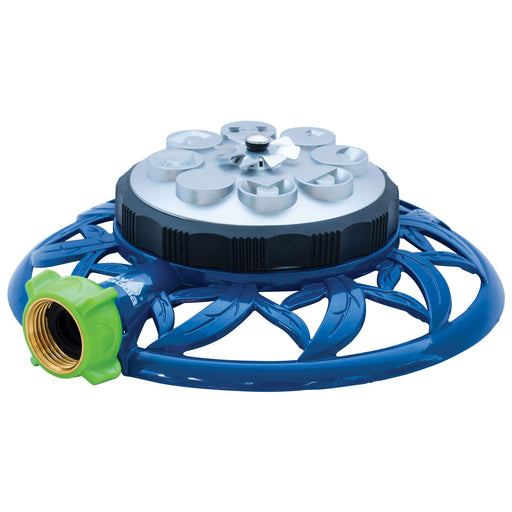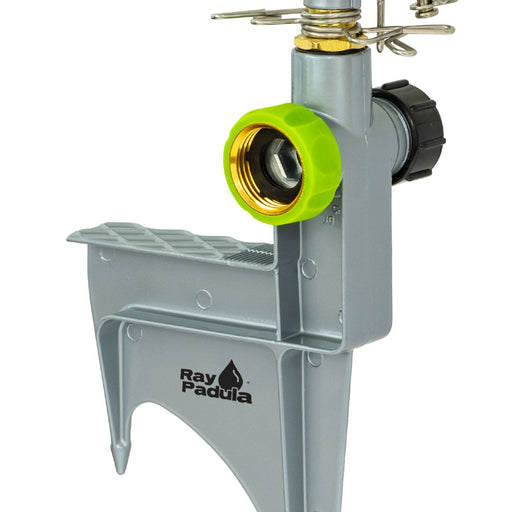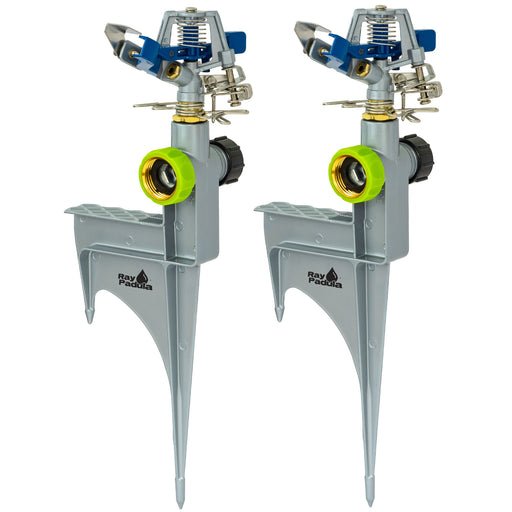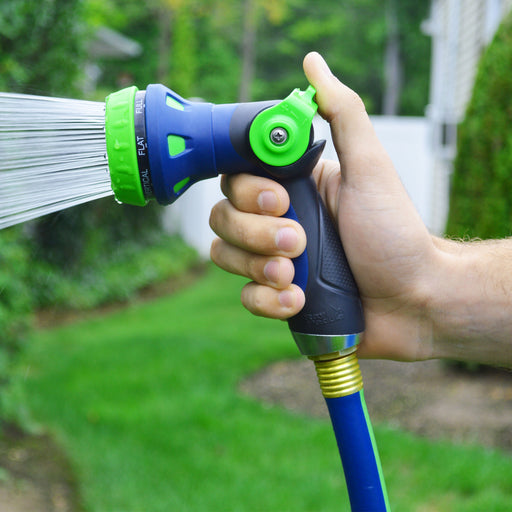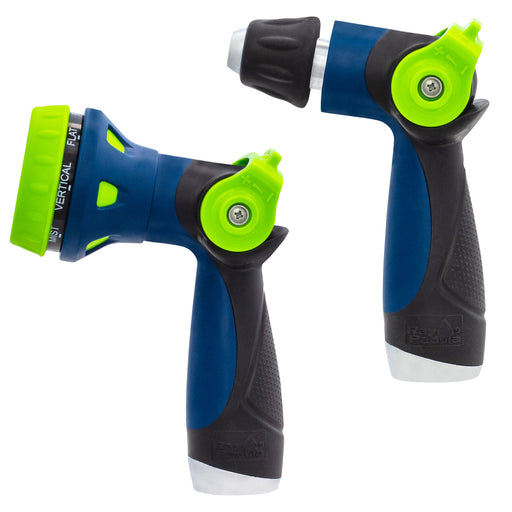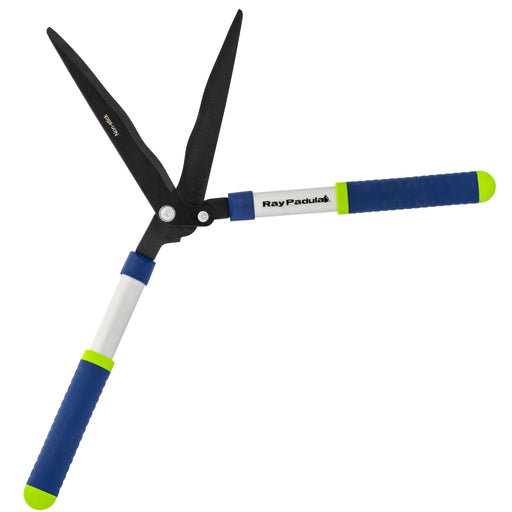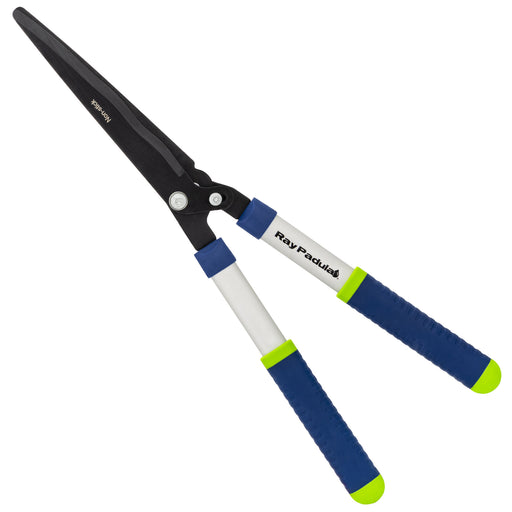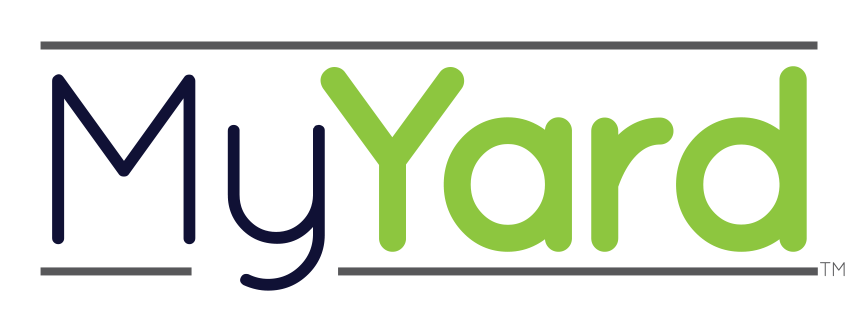
Honey bees, which are responsible for pollinating most of the plants that we eat, are dying in record numbers. Scientists and researchers have been speaking out with greater and greater alarm as the American bee population declines to roughly 60% of where it was in 1974.
Fortunately, there are steps that ordinary gardeners can take to improve living conditions for bees in their yard and neighborhood. By taking these small, intentional actions, we can help protect bees from a fast-approaching extinction.
Why Protect Bees?
Bees are incredibly important to our ecosystem, as well as the food that we eat. It's estimated that 70 out of 100 of the top human food crops are pollinated by bees. Those 70 plant varieties, which include everything from blueberries to almonds, depend on bees for pollination between 90 and 100% of the time.
If bees become extinct, all of these foods will quickly cease to exist in the numbers they do now. We are absolutely dependent on bees to ensure a regular supply of healthy, nutritious food.
Should I Worry About Bees?
Some people fear bees, and worry that putting more bee-friendly elements in their garden will lead to a bee infestation.
Fortunately, bees are largely docile creatures, and just want to be left alone. If you're concerned about having more bees around your home, situate these new bee-friendly elements away from your outdoor living space.

How to Make Your Garden Bee-Friendly
If you have a garden or even a small patch of outdoor space, there's a lot you can do to improve the lives of the bees living around you. Today, we'll show you some of our favorite ways to make you garden a haven for bees.
Plant More Flowers
Like many people, bees are drawn to bright, flowering plants - this is where they get the pollen and nectar they need to survive. To help your locals bees out, plant lots of flowering plants. Focus on single-headed plants, which are easier to access than plants that have multiple heads on one stalk. Some great examples of single headed flowering plants include marigolds, daisies, and cosmos.
Maximize Your Growing Season
To ensure bees have food year round, try to plant flowers in your garden that will bloom at different times, instead of all at once. This has the added benefits of giving you beautiful blooms for longer, too!
These plants will vary depending on your growing region, but with careful planning, you can easily have beautiful blooms from early spring into autumn.
Avoid Pesticides and Fertilizers
Chemical-based pesticides and fertilizers are extremely toxic to bees, so skip those for the sake of bees, as well as the environment. If you're worried about getting overwhelmed by weeds without pesticides, try planting in garden boxes, which are excellent for minimizing weed growth.
Relax Your Weeding Schedule
Instead of heading out to you yard every weekend to pull weeds, leave them be for a bit longer! The dandelions, clovers, and other wild plants that pop up in your grass are fantastic sources of nectar and pollen for bees. The longer you're able to leave these wild plants, the easier it will be for your local bee population.
Build a Bee Bath
Like humans, bees need plenty of clean, fresh water. If it's been a dry few days, they might be running out of places to find it on their pollen-gathering route. To help them stay hydrated, make a bee bath. All you need is a container, and some sticks, twigs, rocks, and gravel.
First, place the rocks and sticks into the container, so the bees have a place to land while they drink. Then fill it with enough water so the top of the material pokes out. Set it in your garden, choosing a spot near some flowers to the bees can find it easily.

With just a few simple adjustments, your garden easily be both human and bee friendly!
Legal Disclosure:
This post is provided for informational, educational purposes only. This information is intended to provide general guidelines. Because tools, products, materials, techniques, and local codes are constantly changing, Ray Padula Holdings assumes no responsibility for the accuracy of the information contained herein and disclaims any liability for the omissions, errors, or outcomes of any projects or tasks completed. It is the responsibility of the reader to ensure compliance with all local laws, rules, codes, and regulations for any projects completed. If there are any questions or doubts regarding any elements of any information provided, consult a local, licensed professional.


